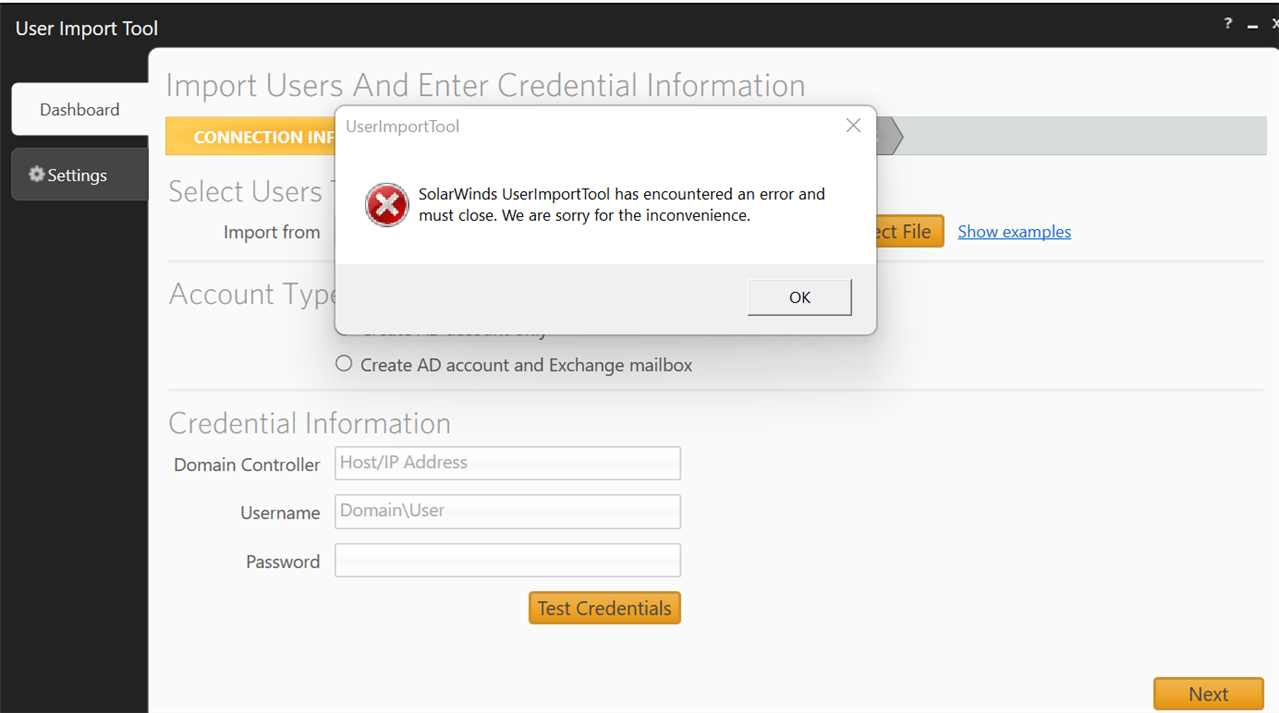Active Directory is an important tool for any network administrator, allowing them to deal with and protect a company’s sources and professional services in a structured method. Among the main components of Active Directory will be the User object, which symbolizes someone user inside the community. Introducing customers to Active Directory is a straightforward job, but when it comes to importing a lot of end users simultaneously, stuff could possibly get a tad bit more complex. In this post, we will consider a close look at importing users into Active Directory and supply a step-by-stage guide for doing so.
Put together the CSV file
Step one in importing end users into Active Directory is to prepare a CSV (Comma Separated Values) document. This file should consist of each of the necessary information for each and every user you want to import, like their username, screen name, current email address, department, and career title. It is very important be sure that the data file is properly formatted and this each of the details are appropriate. You can utilize programs like Microsoft Excel to create and modify CSV files.
Use PowerShell
Once you have your CSV document prepared, you are able to import the users into Active Directory using PowerShell. PowerShell is actually a control-series graphical user interface which allows managers to automate duties and handle solutions better. With a few lines of rule, it is possible to import users into Active Directory without needing to manually make each user.
Use PowerShell cmdlets
PowerShell cmdlets are orders that enable you to handle and automate various duties in Windows, including importing end users into Active Directory. The cmdlet which is used to import customers is known as Import-CSV. This cmdlet says the CSV submit and helps to create a fresh user subject for each and every access within the submit. Also you can use other cmdlets like New-ADUser to set more complex features for every user, like their class registration or their password plan.
Search for problems
Right after importing you, it is essential to look for any mistakes or issues that could have transpired through the import process. This can be accomplished by using the PowerShell cmdlet Get-ADUser to confirm that each user has been given and that each of the characteristics happen to be set properly. If you notice any errors or concerns, you may make the necessary changes and re-import users.
Test and verify
Lastly, it is essential to analyze and authenticate the brought in consumers to make sure that they are able to access the desired resources and that all of their attributes have already been establish properly. This can be accomplished by logging in to the community using one of the brought in user accounts and looking at that they may access the proper resources. Also you can use PowerShell cmdlets like Get-ADUser and Get-ADGroupMembership to check that this end users are already added to the appropriate groups which their features are set properly.
Simply speaking:
Importing consumers into ad user import can be a time-consuming and sophisticated task, though with the correct tools and methods, it could be done quickly and efficiently. By using these steps and making use of PowerShell to improve the method, community managers can import numerous end users into Active Directory with ease and precision. Why waste time manually making each user when you can import them in large quantities and concentration on other essential tasks?



